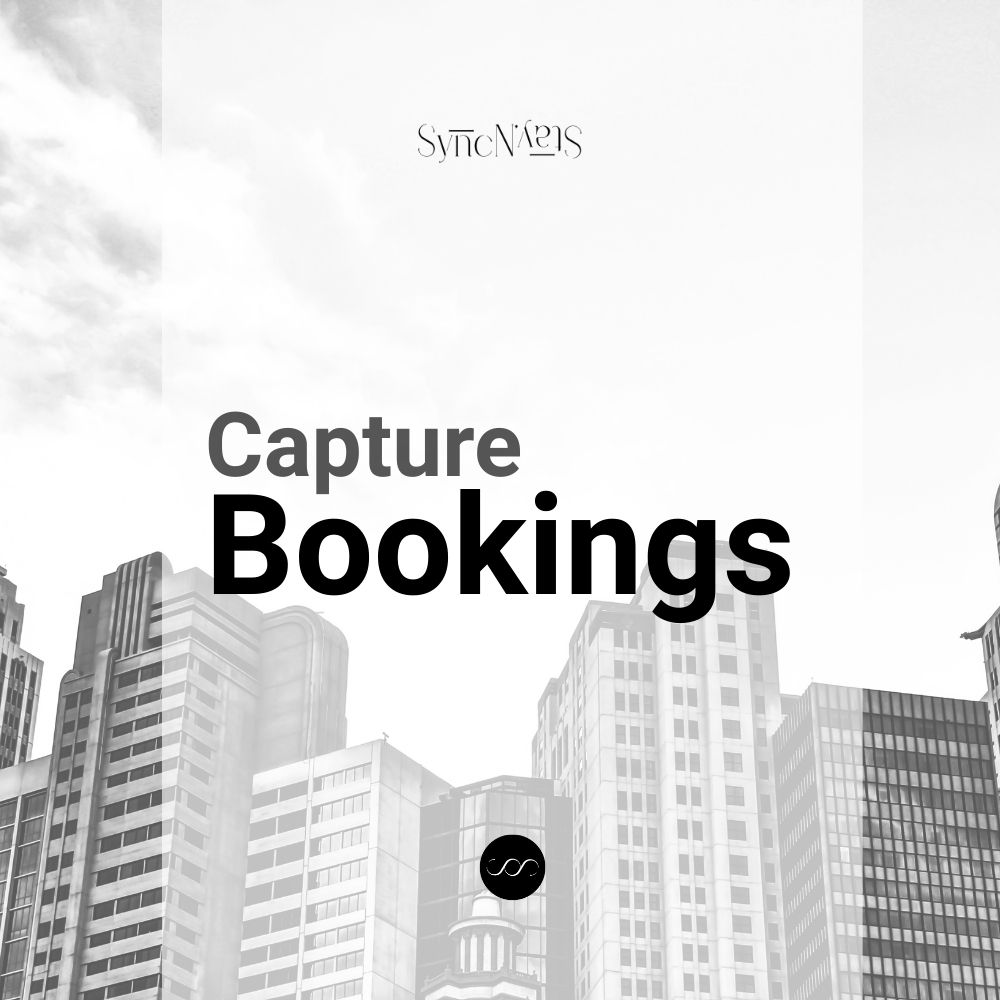How to Build a Website That Captures Bookings: Essential Design & SEO Tips for Hotels
Introduction
In today's digital-first world, your hotel's website is more than just an online brochure—it's a powerful booking engine. This guide covers best practices in website design, user experience (UX), and on-page SEO tailored for hotels and resorts. Discover how to create a visually appealing, user-friendly, and search-optimized website that not only attracts visitors but converts them into direct bookings.
The Importance of Effective Website Design for Hotels
A well-designed website builds trust, enhances brand credibility, and drives conversions. For hotels, effective website design means combining aesthetic appeal with functionality. Key elements include:
- Responsive Design: Ensure your website looks great on desktops, tablets, and mobile devices.
- Visual Appeal: Use high-quality images and videos that highlight your property's best features.
- Easy Navigation: Implement intuitive menus and clear call-to-action (CTA) buttons to guide visitors through the booking process.
These design fundamentals are crucial for keeping potential guests engaged and improving overall conversion rates.
User Experience (UX) Best Practices
A seamless user experience is essential for converting website visitors into booking guests. Focus on:
- Fast Loading Times: Optimize images, scripts, and server responses to reduce page load times.
- Clear CTAs: Position prominent booking buttons and inquiry forms throughout your site.
- Intuitive Layout: Organize content in a logical manner with clear headings, subheadings, and ample white space.
- Accessibility: Design your website to be accessible to all users, including those with disabilities.
Investing in UX not only improves guest satisfaction but also boosts your site's SEO performance.
On-Page SEO Techniques for Hotel Websites
Optimizing your website for search engines is vital to increase visibility and drive organic traffic. Key on-page SEO strategies include:
- Keyword Integration: Naturally incorporate target keywords such as "hotel [location]," "hotel near me," and "available hotels" into your content.
- Meta Tags & Descriptions: Write compelling title tags and meta descriptions that include primary keywords and encourage clicks.
- Structured Headings: Use header tags (
<h1>,<h2>,<h3>) to organize content and signal topic hierarchy to search engines. - Internal Linking: Connect related pages within your website to distribute link equity and enhance navigation.
- Image Optimization: Include descriptive alt text and optimized file names to improve visibility in image searches.
These techniques ensure that your website is both user-friendly and search engine friendly, driving more organic traffic and bookings.
Case Studies & Conversion Optimization Techniques
Real-world examples can offer valuable insights into what works. Consider these approaches:
- A/B Testing: Continuously test different design layouts, CTAs, and landing pages to find the most effective combination for converting visitors into guests.
- User Feedback: Gather and analyze guest feedback to identify and rectify any usability issues.
By implementing conversion optimization techniques, you can fine-tune your website to maximize direct bookings and overall revenue.
Design Trends and Future Outlook
The digital landscape is always evolving, and keeping up with the latest design trends can give your hotel a competitive edge. Future-focused strategies include:
- Mobile-First Design: Prioritize mobile optimization as more guests use smartphones to book their stays.
- AI Search Optimization: Adapt your content to cater to AI, which is on the rise.
- Interactive Content: Utilize virtual tours, interactive maps, and engaging multimedia to create an immersive user experience.
Staying ahead of design trends ensures your website remains modern, functional, and appealing to tech-savvy travelers.
Conclusion
Building a website that captures bookings is a multifaceted challenge that requires a strategic blend of design, UX, and SEO. By applying responsive design, optimizing for fast load times, integrating relevant keywords, and continuously testing for improvements, hotels can significantly boost their online visibility and direct booking rates. Embrace these essential design and SEO tips to transform your hotel's website into a powerful booking tool.
Subscribe to our
newsletter.
Get valuable insights straight to your inbox.
By signing up to receive emails from Syncnstay, you agree to our Privacy Policy. We treat your info responsibly. Unsubscribe anytime.


